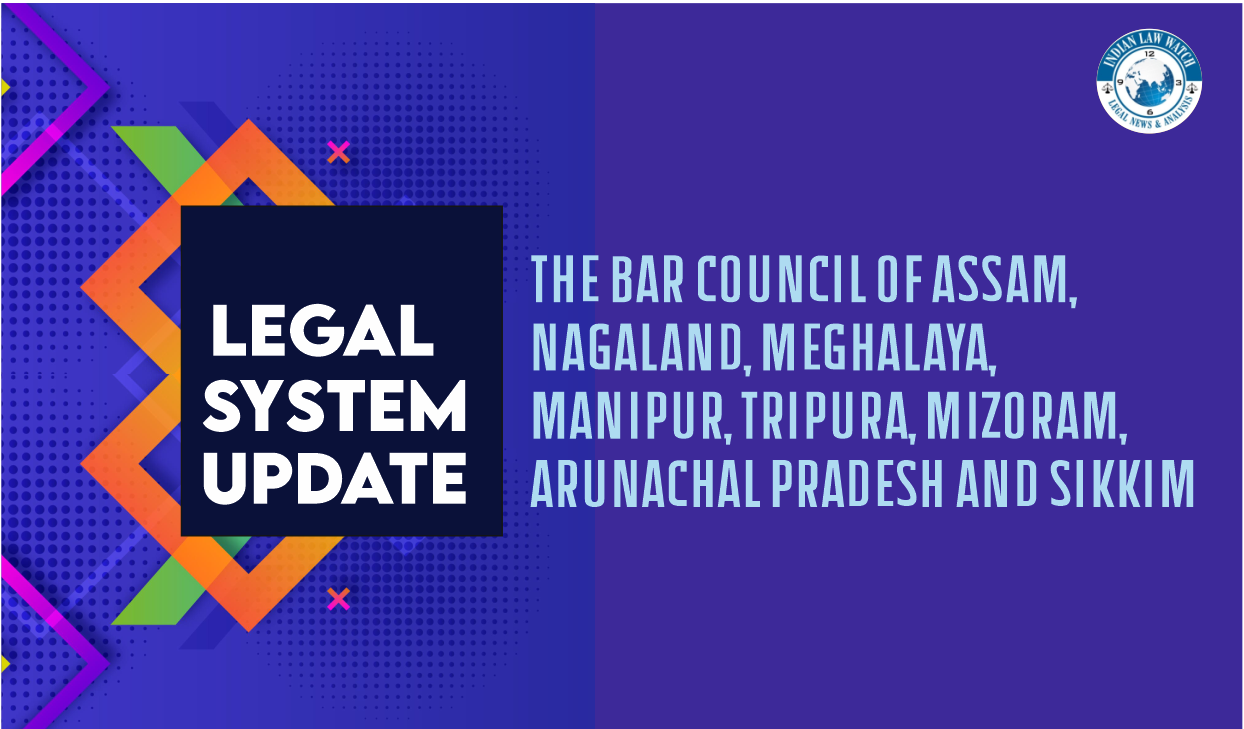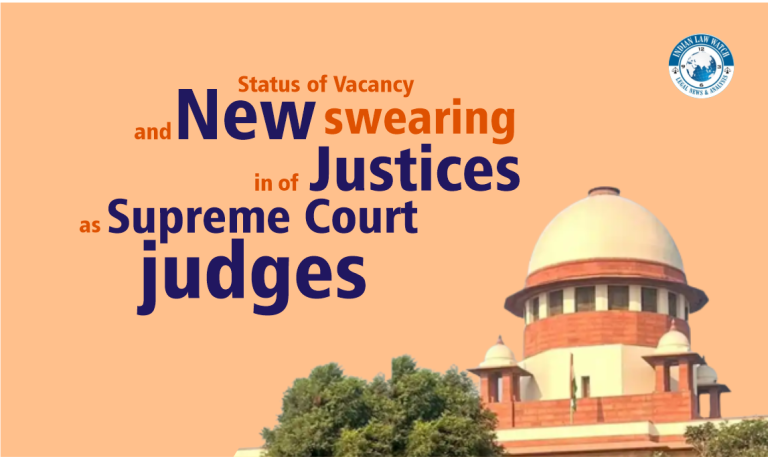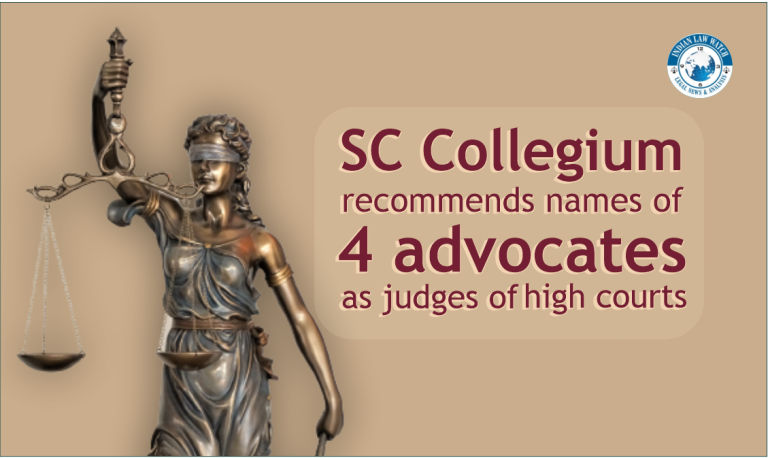
The legal profession and system, as it exists in India today was transplanted by the British in our vast and divergent country. The establishment of Courts in present day North Eastern States has a chequered history. It will suffice to mentions here that much before the acquisitions of territories of present day North Eastern States by East India Company the Regulating Act 1773 was passed by the British Parliament which established at Fort William a Supreme Court of judicature consisting of a Chief Justice and three other judges who were Barristers of not less than five years’ standing and were appointed by the Crown. They had full civil, criminal and ecclesiastical jurisdiction, and were empowered to administer English law upon all British subjects and people employed by the Company situated anywhere. The moffussil Courts were also established in Sadar Districts of the British Territory.
The East India Company began administration of justice by attempting to govern Indians by Indian law and Englishmen by English law but the system broke down. Until 1861 there existed in British India two parallel system of judicial institutions of entirely dissimilar origin, one in the presidency towns where Crown Courts had been established by Royal Charters and Acts of Parliament, the other in the moffussils where courts were organized by the Company by virtue of the powers derived from the native governments. With the consolidation of British rule, the uniformity of law and procedure were established and common Civil and Criminal Codes were introduced and system of laws, lawyers and courts started in India.
The uniformity began with the abolition of the Supreme Court and Sadar Courts and establishment of one sole Court of Appeal in each presidency with power to control over all courts, both in the presidency towns and Courts Act, 1861 which empowered the Crown to establish, by Letters Patent, three High Courts at Madras, Bombay and Fort William (Calcutta). After establishment of High Courts at Fort William (Calcutta) all the Courts that existed during that time in present day North East India came under the jurisdiction of High Court of Fort William (Calcutta) and the said arrangement continued till the establishment of Assam High Court in the year 1948.
After 1861 different District Courts in the true sense started functioning in different parts of present day North Eastern States (of India) and a class of Legal Practitioners began their practice as Vakils, Pleaders or revenue agents in such courts. In the year 1879 the Legal Practitioners Act was passed to consolidate and amend the law relating to Legal Practitioners of India. In 1926 the Indian Bar Councils Act was passed for constitution and incorporation of Bar Councils and to consolidate and amend the law relating to legal practitioners entitled to practice in such Courts. With attainment of independence in 1947 it was deeply felt that the judicial Administration in India should be changed according to the needs of the time. Accordingly the Advocates Act, 1961 came into the stature book.

Extending the State Bar Council: The Bar Council of Assam, Nagaland, Meghalaya, Manipur, Tripura, Mizoram, Arunachal Pradesh and Sikkim is an autonomous body established and constituted under Advocates Act, 1961. Originally the Bar Council of Assam was constituted on 15/12/1961 for the State of Assam and Union Territory of Manipur. After creation of the State of Nagaland our Bar Council was renamed as Bar Council of Assam, Nagaland and Union Territory of Manipur by virtue of section 14 of the Nagaland Act, 1962. On passing of the North Eastern Areas (Re-organization) Act, 1971 the Bar Council came to be known as Bar Council of Assam, Nagaland, Meghalaya, Manipur, Tripura and Union Territory of Mizoram and Arunachal Pradesh. After enactment of the State of Arunachal Pradesh Act, 1986 our Bar Council become the Bar Council of Assam, Nagaland, Meghalaya, Manipur, Tripura, Mizoram and Arunachal Pradesh by virtue of Section 19 of the said Act. Thereafter in the year 2000 the Ministry of Home Affairs, Government of India, issued notification dated 15th February and thereby included the State Sikkim also within the jurisdiction of this Bar Council. However as the Advocates Act, 1961 was not extended to the State of Sikkim, the said notification could not be given effect to and as such ultimately the Government of India, Ministry of Law & Justice vide its Notification dated 17th March, 2005 extended the Advocates Act, 1961 to the State of Sikkim with effect from 1st day of April, 2005.
Accordingly since 01/04/2005 this Bar Council came to be known as the Bar Council of Assam, Nagaland, Meghalaya, Manipur, Tripura, Mizoram, Arunachal Pradesh and Sikkim.
Separate Bar Councils for the states of Meghalaya, Manipur and Tripura: By virtue of the amendment made in the North Eastern Areas (Reorganization) and other Related Laws (Amendment) Act, 2012 [No. 26 of 2012] separate provision has been made for constitution of separate Bar Councils for the states of Meghalaya, Manipur and Tripura and by Notification vide No. 50737(E), the said amendment has been given effect from 23rd day of March, 2013 and separate Bar Councils for those states deemed to have been constituted. Due to this circumstance, from 23rd day of March, 2013, this Bar Council came to be known as the Bar Council of Assam, Nagaland, Mizoram, Arunachal Pradesh and Sikkim.
Role of Bar Council: As per the Advocates Act, 1961, Bar Council of India is the supreme regulatory body to regulate the legal profession in India and also to ensure compliance of the laws and to lay down the standard of legal education in the country. It is also authorized to make Rules in this regard and accordingly the Bar Council of India has already framed a set of Rules known as the Bar Council of India Rules.
However, the State Bar Councils are the Apex Body of Lawyers in the States and one of the main functions is to grant right to practice by way of enrolment of the names in the roll and also to initiate disciplinary proceedings against advocates for misconduct and to regulate and maintain standards of professional conduct and etiquette. The Council can act on the complaints filed by parties and can also take cognizance of misconduct committed by advocates suo-moto. Its function is also to safeguard the rights, privileges and interests of the Advocates on its roll.
Election to bar council: The election to the Bar Council takes place by a complex process i.e. single transferable vote wherein the electoral roll comprises of and includes the names of every single lawyer enrolled within the jurisdiction of this Council. The elected members are elected to the office for a term of 5 years. The elected as well as Ex-Officio Members elect the Chairman and Vice-Chairman and also elect its representative to the Bar Council India and also forms different Committees. The term of the Office of the Chairman and Vice-Chairman is normally two years whereas the term of the member nominated to the Bar Council of India and that of Committees is for a period of 5 years. In 1994, the State Bar Council had also formed a Trust known as the Bar Council of Assam, Nagaland, Meghalaya, Manipur, Tripura, Mizoram and Arunachal Pradesh Trust and under the auspices of the Trust various seminars and workshops were held at different places at different times.
Advocates Welfare Fund: At the behest of this Bar Council, Government of Assam enacted the Assam Advocates Welfare Fund Act, 1998 as well as framed Assam Advocates Welfare Fund Rules, 2005 making provisions for giving reliefs to Advocates at the time of their need and the said Act has been implemented since 1st of January, 2007 and various Advocates have derived benefits from the said fund.






